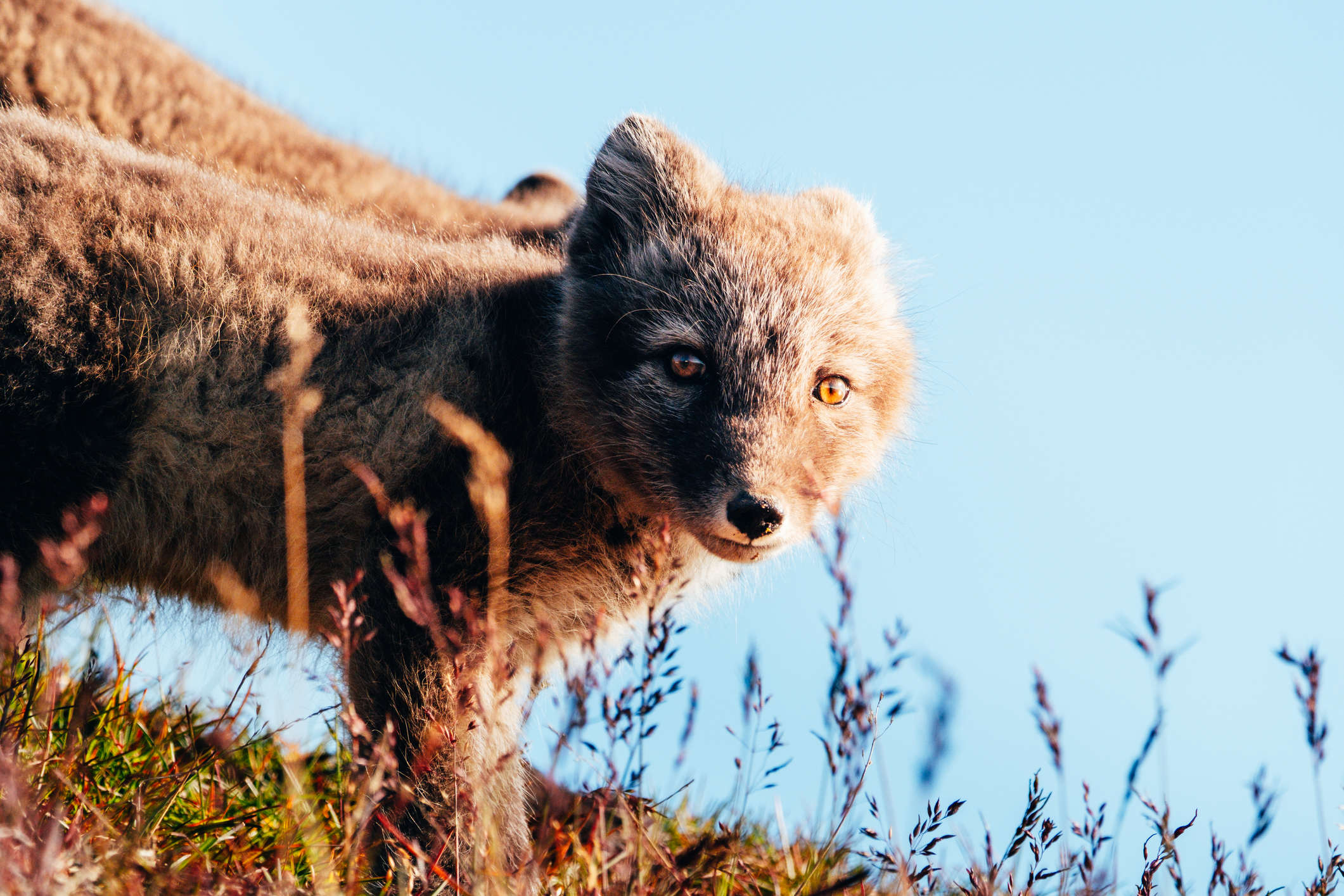
Photographing Wildlife: How to Get Close to Nature
Photographing wildlife offers a unique opportunity to connect with nature and capture the beauty and diversity of the animal kingdom. However, it’s essential to approach wildlife photography with respect and consideration for the animals and their habitats. In this comprehensive guide, we’ll explore tips and techniques for getting close to wildlife safely and respectfully, allowing you to capture great images while minimising disturbance to the natural environment.
Understanding Wildlife Behaviour
Before attempting to photograph wildlife, take the time to learn about the behaviour, habits, and habitats of the animals you wish to photograph. Understanding wildlife behaviour will help you anticipate their movements and reactions, increasing your chances of capturing compelling images without causing undue stress or disturbance. Research online resources, books, and documentaries, or consult local experts and wildlife guides for valuable insights into the behaviour of specific species.

Respecting Wildlife and Their Habitat
Respect for wildlife and their habitat should always be the top priority when photographing animals in the wild. Avoid disturbing or harassing animals for the sake of a photograph, and never approach or feed wild animals in an attempt to get closer. Keep a safe distance from wildlife and observe from afar using binoculars or a telephoto lens to avoid causing unnecessary stress or altering their natural behaviour. Remember that you are a guest in their home, and it’s essential to minimise your impact on their environment.
Choosing the Right Gear
When photographing wildlife, it’s essential to have the right gear to capture great images while maintaining a safe distance from the animals. Invest in a telephoto lens with a long focal length (200mm or greater) to bring distant subjects closer and fill the frame with detail. Consider using a sturdy tripod or monopod to stabilise your camera and lens, especially when shooting in low light conditions or with long telephoto lenses. Additionally, pack essential accessories such as lens hoods, lens cloths, and protective gear to ensure your equipment stays safe and functional in the field.

Patience and Observation
Patience is a virtue when it comes to wildlife photography. Take the time to observe and study the behaviour of the animals you wish to photograph, allowing you to anticipate their movements and reactions. Settle into a comfortable position and wait quietly for wildlife to come to you, rather than chasing after them. Be prepared to spend extended periods in the field, as wildlife sightings can be unpredictable, and capturing the perfect shot may require time and perseverance.
Understanding Light and Composition
Lighting plays a crucial role in wildlife photography, as it can dramatically impact the mood, atmosphere, and visual impact of your images. Pay attention to the quality, direction, and intensity of natural light, and how it interacts with the landscape and wildlife. Golden hour—the soft, warm light shortly after sunrise and before sunset—is often considered the best time for wildlife photography, as it provides flattering illumination and enhances colours and textures. Experiment with different compositions, angles, and perspectives to create visually compelling images that showcase the beauty and behaviour of the animals.

Respecting Wildlife Ethics and Guidelines
When photographing wildlife, it’s essential to adhere to ethical guidelines and regulations to ensure the welfare of the animals and their habitats. Familiarise yourself with local wildlife laws and regulations, and follow designated trails and viewing areas to minimise your impact on the environment. Avoid disturbing nesting sites, breeding grounds, or sensitive habitats, and never bait or harass wildlife in an attempt to get closer. Remember that your actions as a photographer can have a lasting impact on the animals and their ecosystems, so always prioritise their welfare and conservation.
Photographing wildlife is a rewarding and exhilarating pursuit that allows us to connect with nature and capture the beauty and diversity of the natural world. By approaching wildlife photography with respect, patience, and consideration for the animals and their habitats, you can capture great images while minimising disturbance to the environment. Remember to educate yourself about wildlife behaviour, choose the right gear, practice patience and observation, and adhere to ethical guidelines and regulations to ensure a safe and respectful wildlife photography experience. With care and mindfulness, you can create memorable images that celebrate the wonders of the animal kingdom and inspire others to appreciate and protect wildlife and their habitats.

No Comments